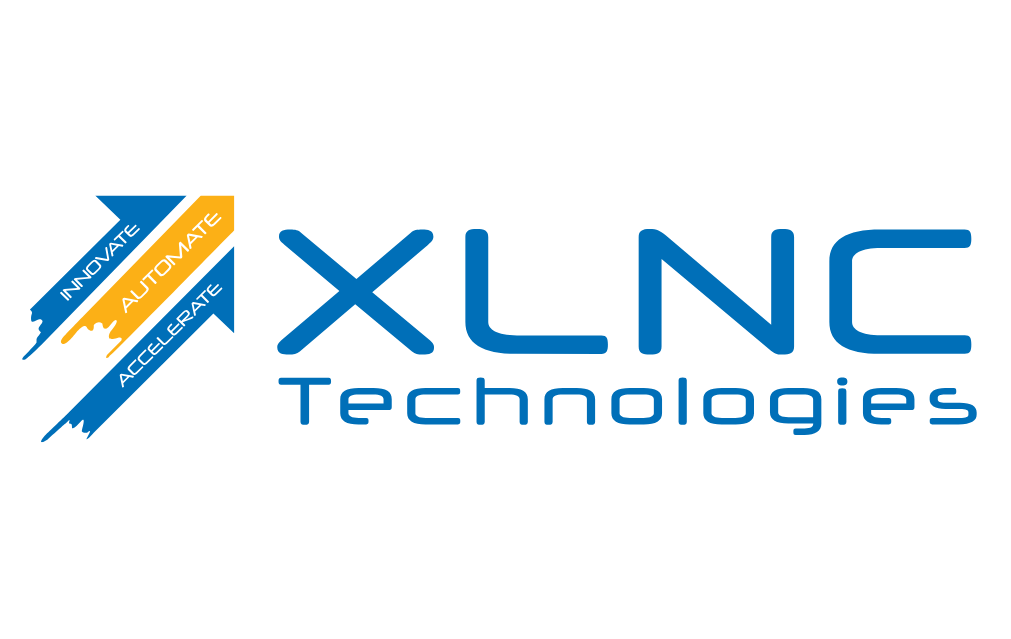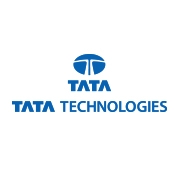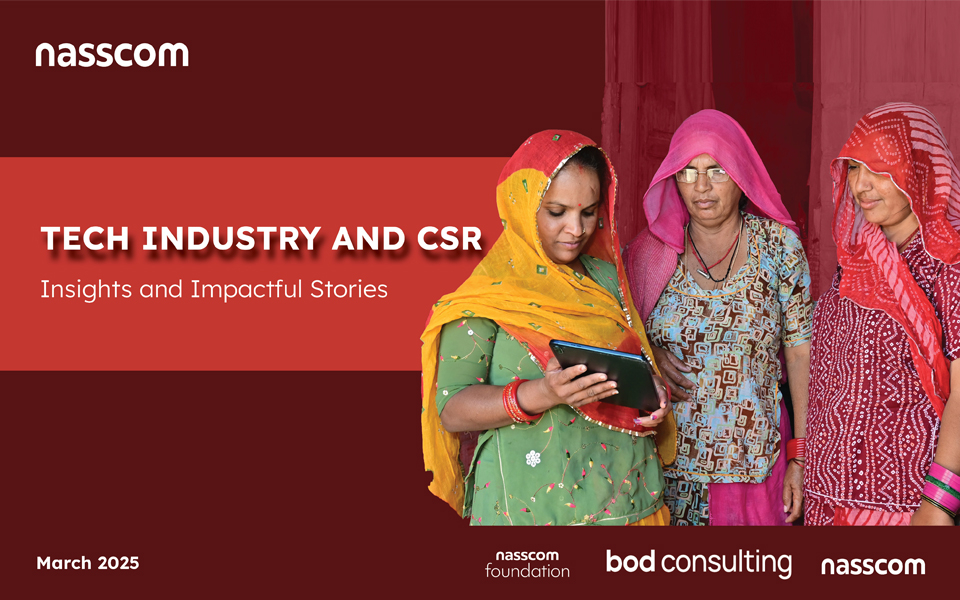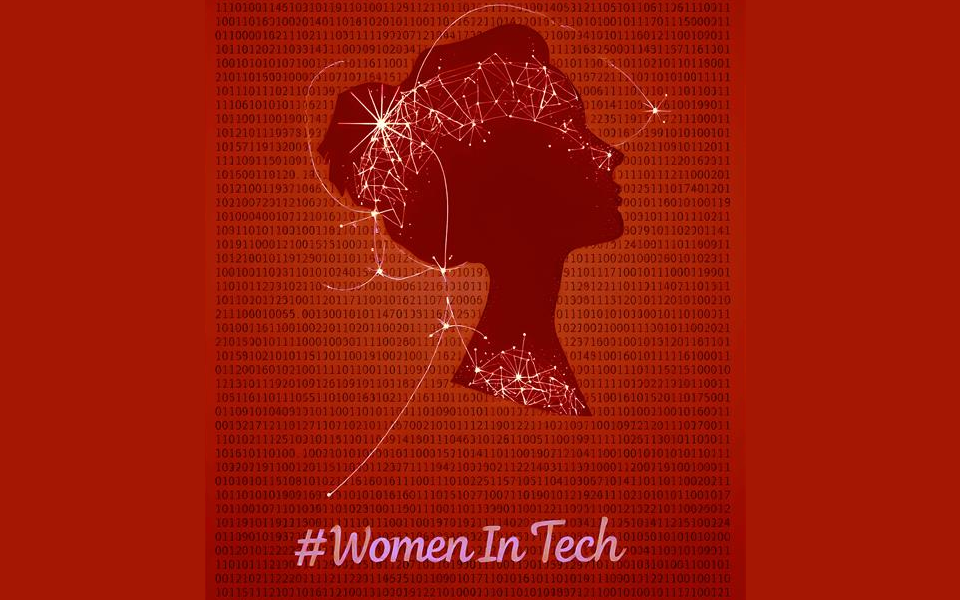Demand for gender equality in workplaces has been raging for many years across industries globally. On the topic, World Economic Forum Global Gender Gap Report 2021 underlines that India’s ranking has significantly declined in pandemic years. Lagging on reducing gender gap under different parameters, it ranked at 140 among 156 countries, slipping 28 places from the previous year. Considerably impacted by pandemic, Female Labour Force Participation Rate (FLPR) in India is probably one of the lowest among the major economies. The issue gets further accentuated by falling share of women in professional and technical roles as well as having low presence in middle, senior and top management positions across business firms. With reported FLPR at 21.25 for women (of age group 15 years and above), Periodic Labour Force Survey of Jan-Mar 2021 shows a sign of improvement from its aggravated ebb of pandemic quarters. In comparison, corresponding figure for male workforce is reported at 73.5%.
At a time when women participation in workforce has been showing an adverse trend in other sectors of Indian economy, the IT/ITES industry is emerging as a proverbial oasis in the desert. A recent NASSCOM release highlights that with over 1.8 million women out of its 5 million workforce, the industry is one of the largest private-sector women employer in India. With 36% of women employees, women participation in the industry is much higher across organized sectors in India and possibly ahead of some of developed countries. Continuing with an encouraging trend, appointment of the first women chairperson of the IT industry body in its 33 years old history, and almost 40% representation from the women leaders in 2021-22 executive council has further boosted the image of the industry.
1. Gender inclusive workplace policies as a part of sustainability core
Theme of diversity and Inclusion (DEI) – including increased share of women leadership as a key topic, has been dominating business sustainability discussions in recent years. It has gained a fervent attention in board room deliberations, ostensibly laden with new-found purpose-driven and people-centric paradigms in pandemic period. To improve the skewed gender gap in workforce, companies have initiated hiring more proportion of women in entry-level and campus recruitments. Also, companies have started considering formulations to support career progression of women leaders, to enhance diversity in senior leadership roles.
New realization of the companies to create better awareness for improved gender sensitivity and changed organizational behavior patterns is a commendable idea. At the same time, looking beyond rosy-colored glasses and shedding of self-congratulatory illusions, companies’ attention must be focused towards a frank and realistic assessment of weighty roadblocks on the pathway and progression of women leaders.
2. Overlooking 'elephant in the room' for long
To bring any meaningful change at the ground, it requires addressing deep infested malaise to promote truthful and transparent culture and organizational practices. Toward an inclusive ecosystem, some of long overlooked 'elephant in the room' issues – e.g., historical gender gaps across role levels, unequal pay, career advancement opportunities, bias-free work routine and flexibilities, logistical access and equitable policies enablement etc., require genuine intent and serious resolution drives to re-genome the cultural DNA of organizations.
· Gender pay parity: Visible indicators of persisting inequitable salary point to an entrenched bias behind symbolic posturing of women empowerment and gender inclusive practices in Indian IT/ITES companies. There could be numerous professional, skills and experience factors driving salary structure and pay hike considerations. At the same time, ‘equal pay for equal work’ policy becomes a vital requisite for a sustainable organization’s professed values.
Looking at publically disclosed[i] FY21 remuneration (INR 1.02 crore or above per annum) of India posted Vice Presidents (VP) employed for the full year in top 4 Indian IT companies (TCS, Infosys, HCL technologies, Wipro), the difference in average remuneration for women VP vis-à-vis their male counterparts reveals an awkward pattern. Average remuneration of women VPs in these companies is sizably lower: 11% (TCS), 3% (Infosys), 26% (Wipro), while HCL indicating 38% upside for its women VPs. Likewise, difference between highest remuneration for women VP vis-à-vis their male counterpart with highest salary indicates a stark gap: 38% (TCS), 30% (Infosys), 55% (Wipro), with HCL being an exception.
· Dwindling presence of women in Managerial roles: While IT companies manage to hire reasonable number of women at entry levels, the participation level of women start drastically falling with the higher role levels. Behind the slogans and inclusion drives, the harsh truth is that women employees remain struggling to find career progression opportunities to move along organizational ladder.
Women and IT Scorecard - India report published by the Open University UK and NASSCOM (2018) indicated that ~65% of surveyed companies (150 Indian IT sector companies) had < 10% women in Middle Manager and Individual Contributor levels. For another 18% of surveyed companies, indicated share of women in these roles varied between 11-20%. Even though, the report finding is few years old, the lop-sided proportion of women presence in mid-level roles appears further degraded with many experienced women employees moving away from the job in pandemic times for diverse personal and organizational factors.
· Narrow space for women in senior management roles: Industry’s sense of pride about sizable presence of women in the workforce can be well regarded. At the same time, women representation in senior management and leadership roles still remain quite dismal. Open University and NASSCOM report cites, almost 80% of the surveyed companies having presence of < 10% women in Senior Management level roles. Another study from Zinnov Inclusion and Diversity Maturity Benchmark 2020 (covering 50+ Global Centers of Excellence of MNCs in India) observes that presence of women in top management roles is extremely low at 11.5%.
Token presence of women in senior roles is also corroborated from a cursory review of disclosures for employees posted in India in FY21 annual reports of top 4 Indian IT companies. Looking at Vice President (VP) and Senior Vice President (SVP) roles, tiny presence of women in these companies taken together is just around 11% (indicatively 24 women out of total 227 employees – including those who were in employment for the part of the year). TCS ranked ahead with women leadership participation for above roles at ~18%, whereas others having ratio of 10% and below. The above pattern highlights that in absence of enabling organizational policies and support system, career path of more than 70% of women employees working in the industry is trodden at junior and middle levels.
· Closed-club mindset at company board and executive management levels: Other than fulfilling mandated regulatory stipulation for women director and women independent director in board of directors of public listed IT/ITES companies, there is a gross under-representation of women in the companies’ board, executive management team and pivotal positions. This pattern is not limited to small and low profile companies, rather full population of so-called industry leaders –many of whom are routinely rewarded for exceptional corporate governance and inclusive practices. Looking at the composition of board of top 4 Indian IT companies as reported in FY21 annual report, presence of women members in respective company board makes less than a fourth (23%) of the board strength – just enough to fulfill mandated women and independent women directors requirements. Likewise, unequal representation of women in executive teams of these companies gets signified by their lowly share of 8%. Whether we blame it to an exclusivist Boy-club mindset or any invisible factor, the trend is certainly quite anachronistic for new age forward-looking organizations.
3. More calibrated inclusion practices for geographical dispersion
Significantly augmented with remote working models adopted in pandemic period, there is wide dispersion of IT/ITES in tier-2 and tier-3 cities across the country. As the industry has been seriously evaluating its options to spread its tentacles away from metro cities, it must also consider the social and cultural factors to encourage larger participation of women workforce from such cities.
Open University UK and NASSCOM report (2018) had clearly underlined the well-off social background for the majority of women surveyed (65%) –i.e., coming from families in which both parents are university educated. Social backdrop of hinterland families would demand more nuanced and culturally calibrated inclusion practices for attracting and retaining women talents – while sensitively assuaging their inhibitions and anxieties to promote an empowered professional career path.
4. Way forward: Nurturing the foundation of gender sensitive workplace ecosystem
In the future of workplace, an organization cannot succeed by carrying a less equitable mindset toward any group of employees, least for the women workforce. Only with a genuine belief in philosophy of equitable women share plus equal compensation plus fair and just practices = core of business sustainability, IT/ITES sector can really thrive being the driver of new age knowledge economy. Putting aside tokenism of women’s day or equal pay day observance, the core issues need a drastic shift in organizational thinking to credibly inculcate gender parity in salary, pay hike, career progression and workplace policies.
For an industry with almost 5 decades vintage, washing out of ingrained toxicity of doubt, denial, and discrimination in cultural fibers of the organizations is bound to be a long drawn path. Breaking a prolonged inertia and aligning with their public stance, these issues require empathetic considerations by the companies to eliminate the inherent deficiencies and cultural bias at an intensified priority, toward organizational values augmentation. To drive toward an inclusive, equitable and purpose-driven organization, companies must embark on determined implementation of gender equality policies and practices – however long the journey may entail.
[i] Based on particulars of employees as required under Section 197(12) published in annual reports of TCS, Infosys, HCL Technologies and WIPRO. Copy of relevant annexure to TCS annual report has been obtained from the Company Secretary as a shareholder of the company.
Image source: https://sloanreview.mit.edu
Copyright of the owner duly acknowledged.
Disclaimer: The author is an employee of Tata Consultancy Services Limited (TCS). The opinions expressed herein are of author’s own and do not reflect those of the company.































